
Community Impact Challenge [CIC]
Resources
Climate change facts | Sustainability facts | What are SDGs | Sustainability dictionary
10 common climate change facts everyone should know

Climate change is a hot topic, and myths and misinformation circulate widely.
Here are ten essential facts about climate change. Share, use, and discuss them to promote greater awareness and support for urgent action.
Fact #1: Climate change is real and is happening.
Fact #2: Climate change is caused by human activity.
Fact #3: Scientists agree that humans are responsible for climate change.
Fact #4: Every fraction of a degree of warming matters.
Fact #5: The climate is changing faster than humans, plants and animals can adapt.
Fact #6: Climate change is a major threat to people’s health.
Fact #7: Natural gas is a fossil fuel, not a clean source of energy.
Fact #8: Clean energy technologies produce far less carbon pollution than fossil fuels.
Fact #9: Renewable energy will soon be the world’s top source of electricity.
Fact #10: We can still limit climate change, if we act now.
[source: United Nations, Climate Action – Myth Busters]
10 common sustainability facts everyone should know

Sustainability myths are prevalent misconceptions that deter individuals from embracing eco-friendly behaviours or create confusion about what sustainability truly involves.
Here are ten essential facts about sustainability. Share, utilise, and discuss them to foster greater awareness and support for urgent action.
Fact #1: Many sustainable products or practices save money in the long run through reduced energy bills, maintenance, or fuel costs.
Fact #2: Individual actions collectively drive demand and cultural shifts that force brands, companies and governments to act.
Fact #3: Sustainability often enhances our quality of life. This is not about deprivation but smarter, more thoughtful choices.
Fact #4: Every small action counts and can make a measurable difference. Sustainability is about progress, not perfection.
Fact #5: Greenwashing is a major issue. Many brands make misleading claims to appear sustainable without making meaningful changes.
Fact #6: While technology can play a vital role, it cannot replace the urgent human need to reduce emissions now.
Fact #7: Many sustainable practices are simple, require minimal effort, and may even save time and money.
Fact #8: While recycling is important, it’s only part of the solution. The waste hierarchy prioritizes reducing and reusing over recycling.
Fact #9: True sustainability encompasses environmental, social, and economic factors. It’s about creating systems that work for people and the planet, addressing issues like inequality, fair labour, and community well-being.
Fact #10: While systemic change is essential, grassroots efforts and community actions have historically driven major shifts. Governments and corporations often respond to public pressure, citizen demand, and grassroots movements.
[source: Community Impact Challenge]
What are Sustainable Development Goals?

In September 2015, world leaders convened at the UN Sustainable Development Summit in New York to make a historic commitment to safeguard the rights and well-being of all individuals on a healthy, thriving planet by adopting the 2030 Agenda for Sustainable Development along with its 17 Sustainable Development Goals (SDGs).
The Agenda continues to serve as the world’s blueprint for eradicating poverty, safeguarding the planet, and addressing inequalities.
The 17 SDGs, which form the cornerstone of the Agenda, offer the most practical and effective pathway to tackle the root causes of violent conflict, human rights abuses, climate change, and environmental degradation.
The SDGs aim to ensure that no one is left behind. They embody the understanding that sustainable development must integrate economic growth, social well-being, and environmental protection in all regions.

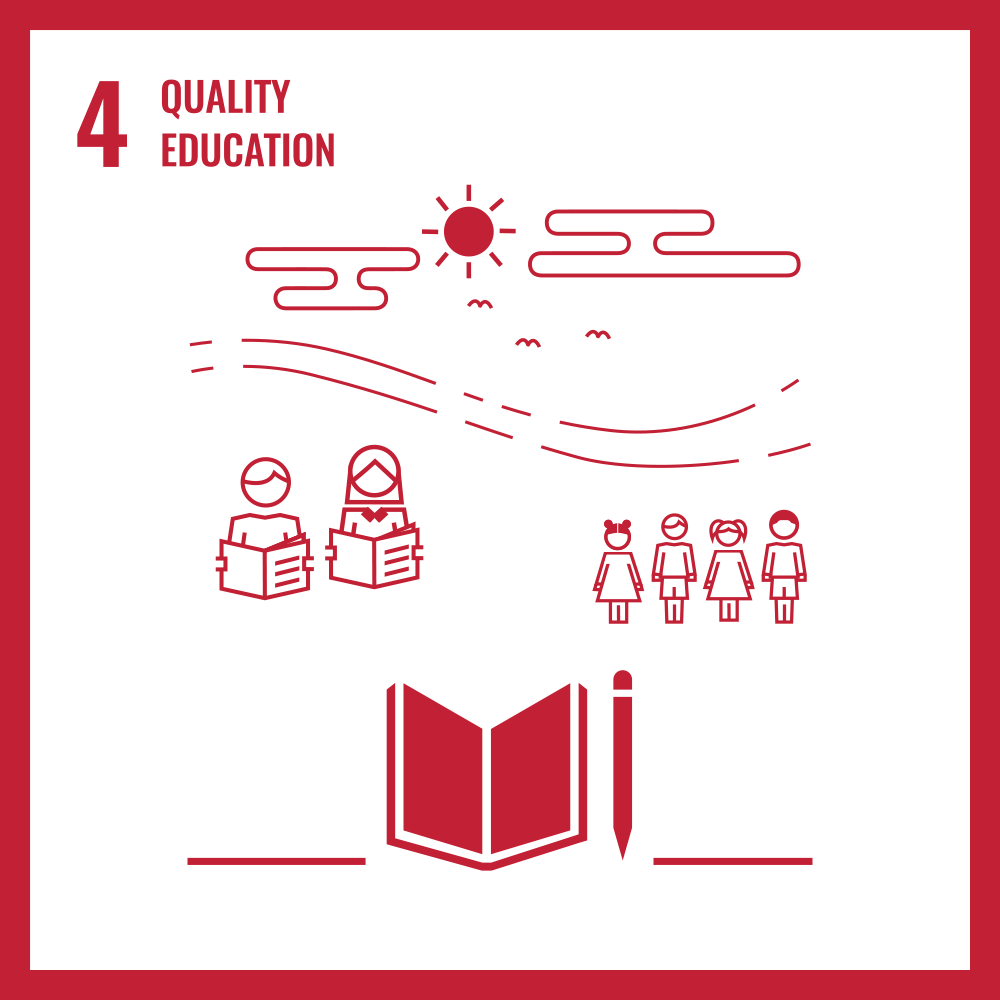


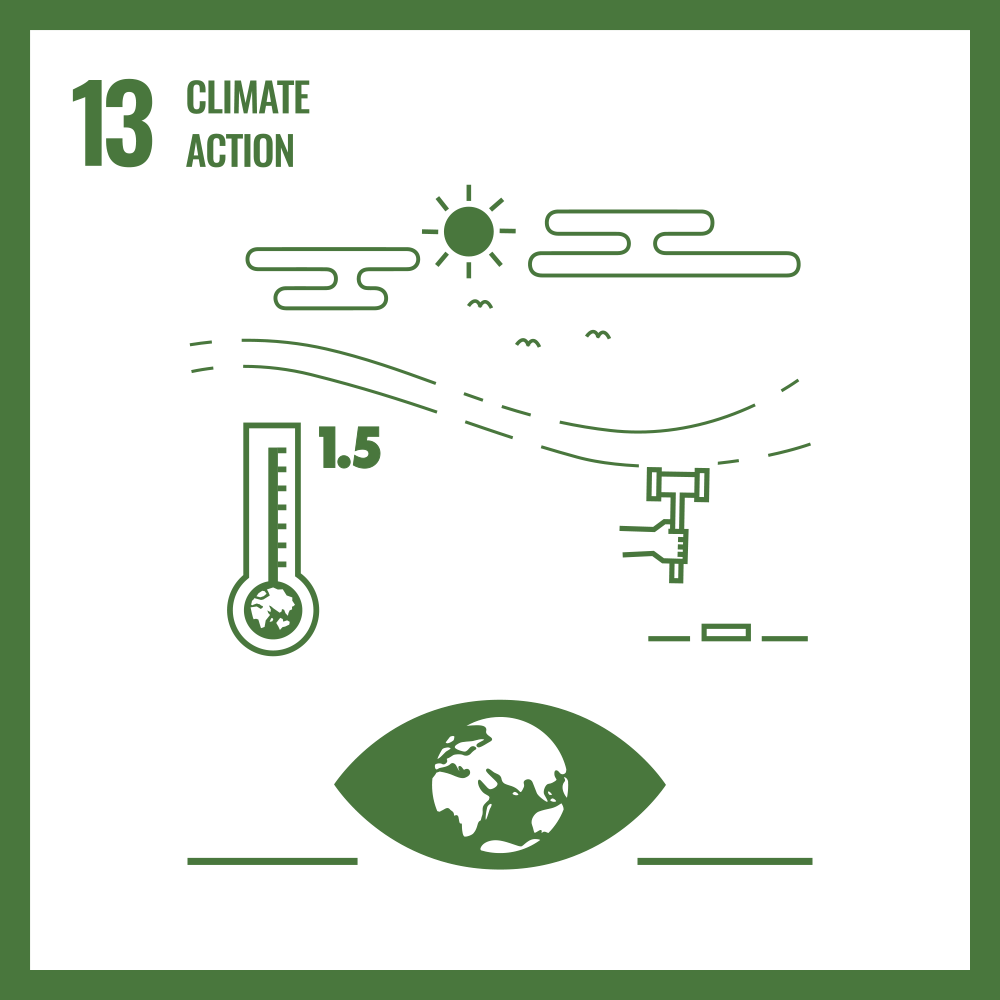


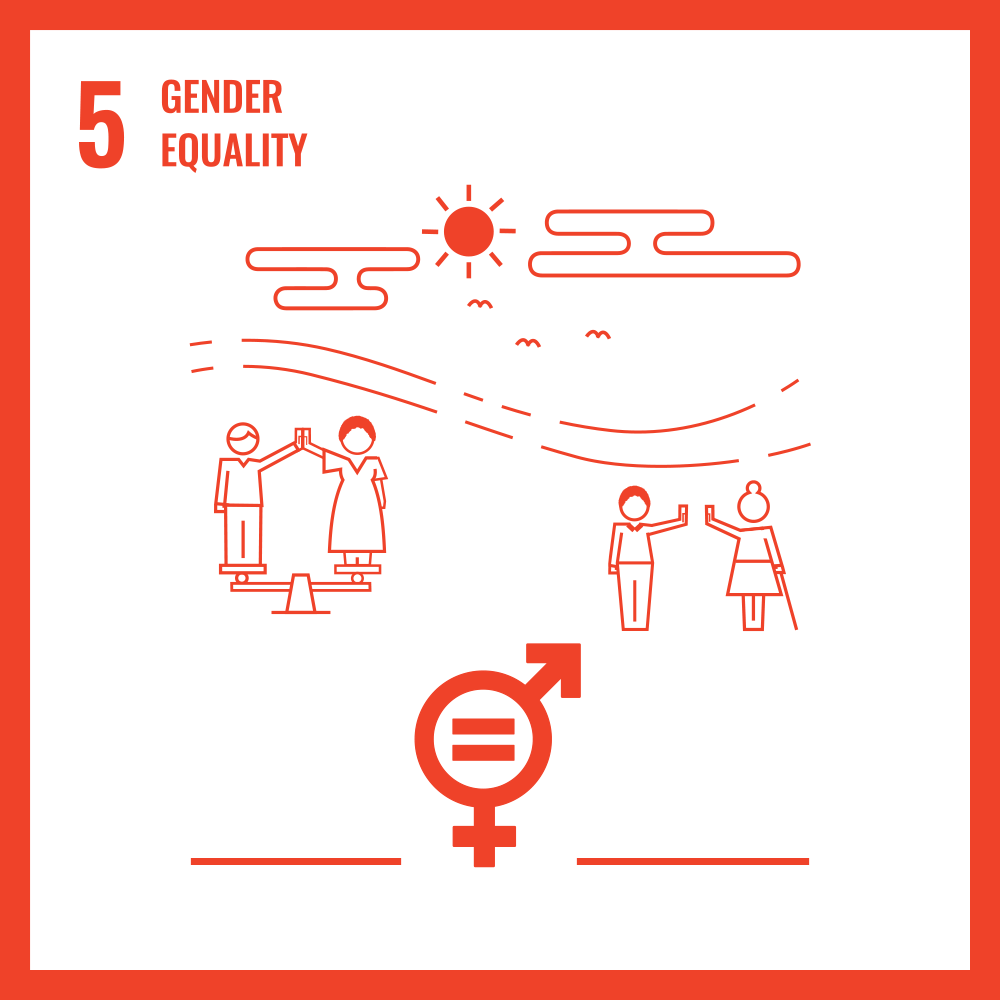





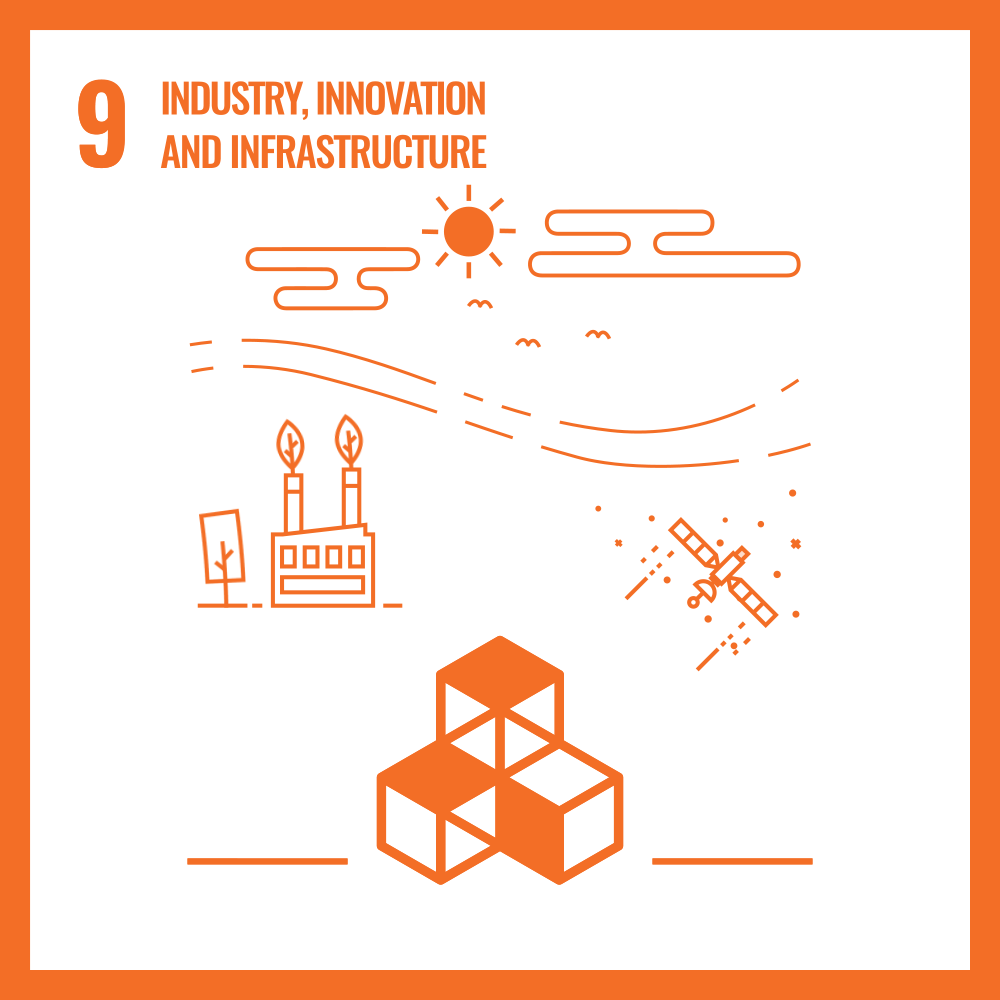
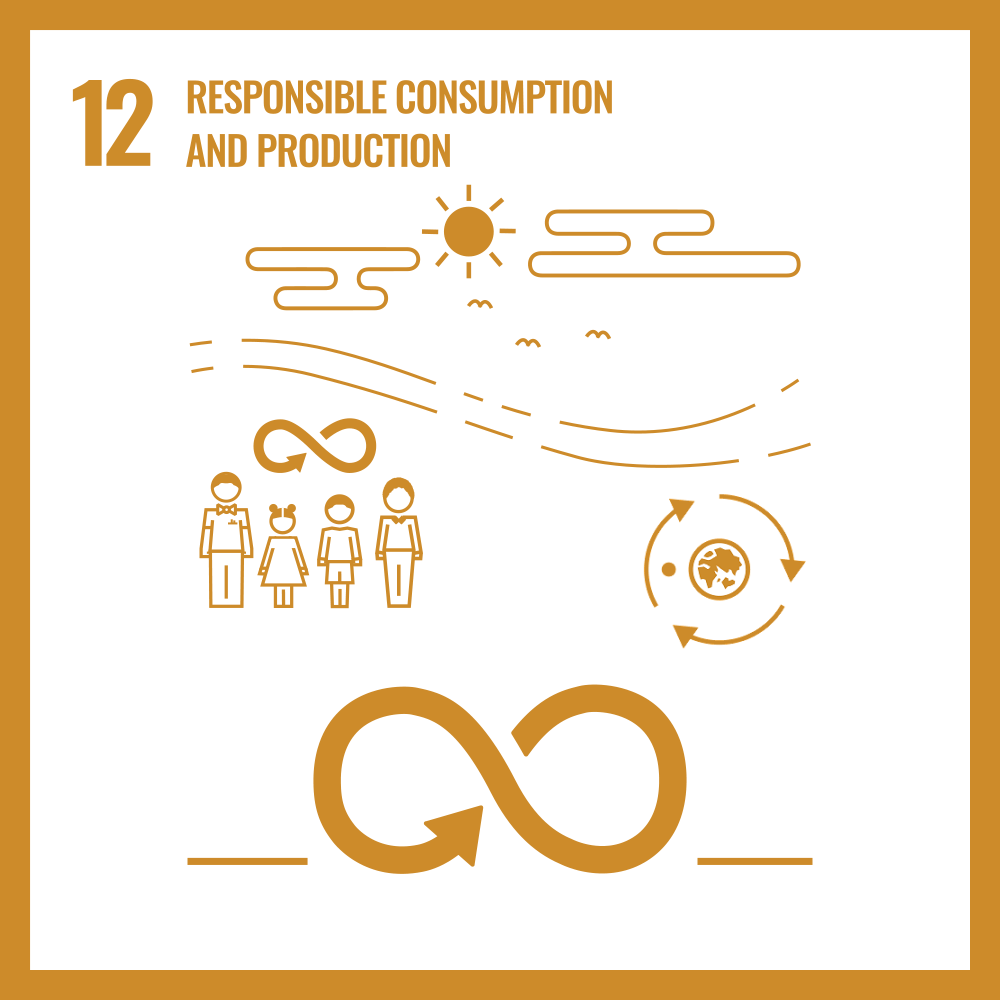
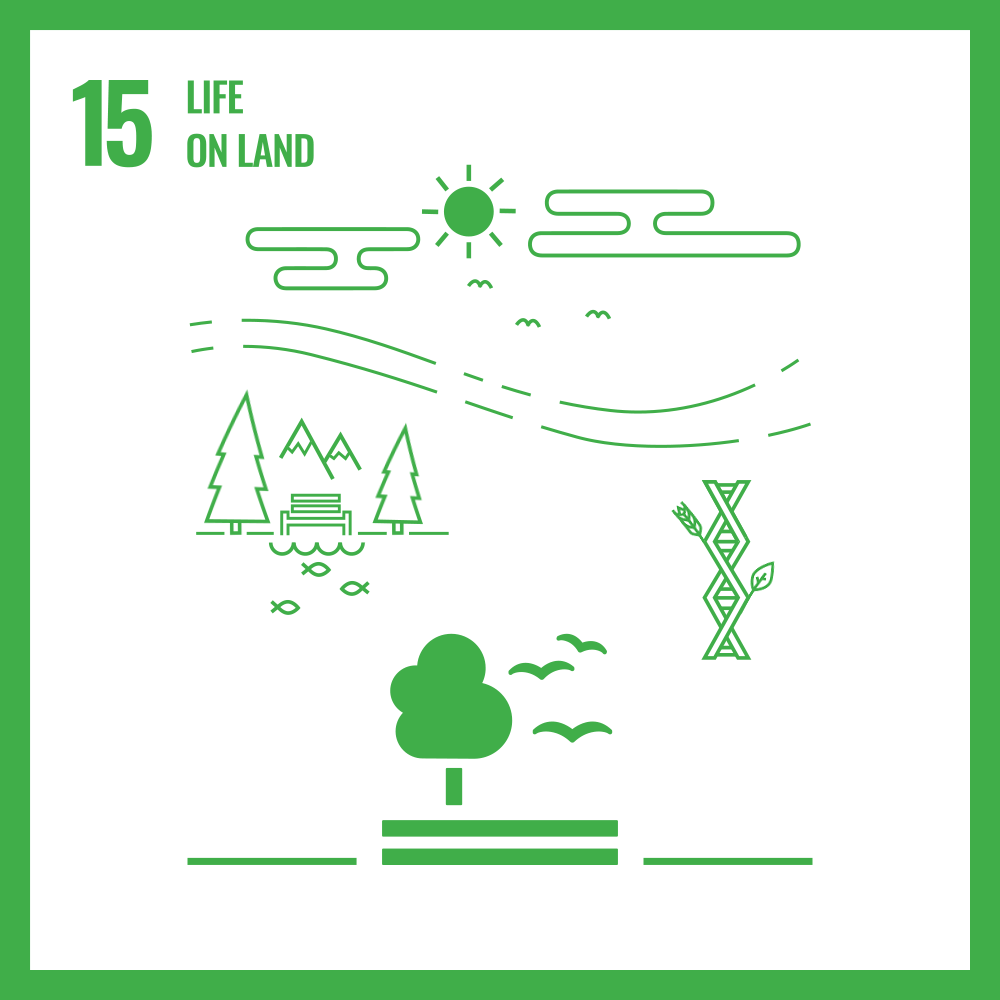
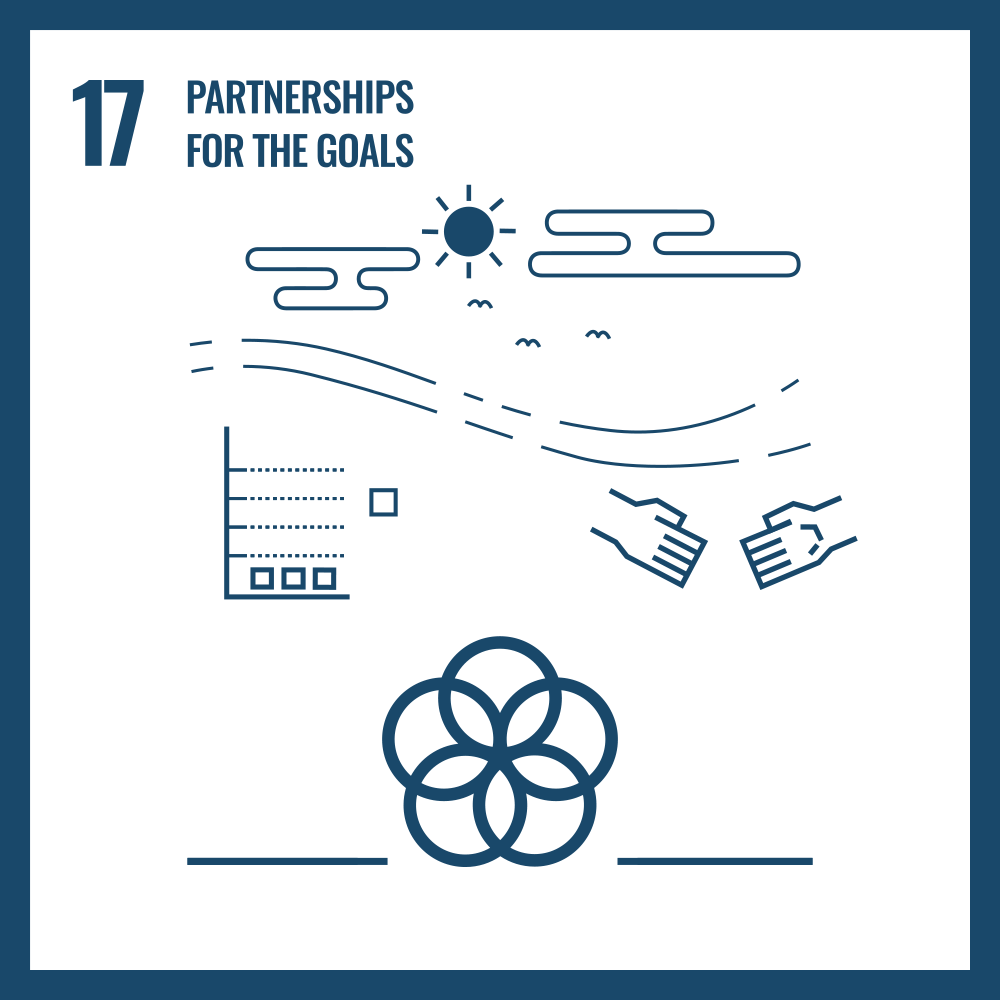
Good to know – a guide to sustainability lingo

Do you find the discussion of sustainability confusing and alien? Does it make your head hurt simply to try to understand it?
Well, we’ve translated the most common climate terms into plain and simple English so everyone, including children, can understand the big sustainability terms.
By understanding the complexities surrounding the climate crisis, we will all be able to make better, more informed decisions.
+1.5°C The target limit for global warming set by scientists to avoid the worst effects of climate change, like extreme weather and rising sea levels.
+2°C A dangerous level of global warming that would cause more severe heatwaves, droughts, and stronger storms, making life much harder for people and nature.
+3°C A very harmful level of global warming where large parts of the planet would become too hot to live in, sea levels would rise a lot, and extreme weather would be common.
B Corp A company that meets high standards for doing good for people, the planet, and the economy.
Biodegradable Something that breaks down naturally and doesn’t leave waste behind.
Carbon Emissions Pollution (CO₂ and other gases) released into the air from things like cars, factories, and burning fuel.
Carbon Footprint The amount of pollution (CO₂) we create from things like driving cars, using electricity, and making products.
Carbon Neutral Balancing the pollution we create by doing things like planting trees or using clean energy.
Carbon Sink A natural place, like a forest or ocean, that absorbs more carbon dioxide than it releases, helping to slow down climate change.
Circular Economy A system where things are reused, repaired, and recycled instead of being thrown away.
Circularity Designing products and systems so that nothing goes to waste - everything is reused, recycled, or repurposed.
Climate Change The Earth’s weather is changing because of pollution, making it hotter and causing more storms.
Climate Overshoot When global warming temporarily or permanently goes beyond the safe limits (like 1.5°C or 2°C), causing dangerous effects on the planet.
COP (Conference of the Parties) A yearly global meeting where leaders from different countries discuss how to fight climate change.
CSR (Corporate Social Responsibility) When companies take responsibility for how they affect people, communities, and the environment by making positive changes.
Decarbonisation Reducing or removing carbon emissions from the air by using cleaner energy sources.
Deforestation Cutting down too many trees, which harms animals and adds pollution to the air.
Doughnut Economics A way of thinking about the economy that balances the needs of people (like food, health, and jobs) with the limits of the planet (like clean air, water, and a stable climate).
Eco-friendly Something that is good for the environment and doesn’t harm nature.
ESG (Environmental, Social, and Governance) A way to measure how companies treat the environment, people, and how they run their business fairly.
Fast Fashion Cheap, trendy clothes that are made quickly but harm the environment because they create a lot of waste.
Global Warming The increase in Earth’s temperature due to pollution from human activities like burning fossil fuels.
Greenhouse Gas Emissions (GHGs) Gases like carbon dioxide (CO₂) and methane (CH₄) that trap heat in the atmosphere and cause global warming.
Green Transportation Ways of travelling that don’t pollute, like biking, walking, or using electric buses.
Greenwashing When a company or product pretends to be eco-friendly but isn’t really doing much to help the environment.
IPCC (Intergovernmental Panel on Climate Change) A group of scientists from around the world who study climate change and give advice on how to fix it.
Microplastics Tiny pieces of plastic that pollute our water and can harm fish, animals, and even people.
Net Zero Balancing the amount of carbon emissions we produce with the amount we remove from the air, so the total impact is zero.
Organic Food that is grown without chemicals that harm the environment.
Paris Agreement A global deal where countries promise to work together to keep global warming below 2°C and try to stay under 1.5°C.
Race to Zero A global campaign led by the UN to get businesses, cities, and countries to cut their carbon emissions to net zero by 2050.
Recycling Turning old things into something new instead of throwing them away.
REDD+ (Reducing Emissions from Deforestation and Forest Degradation) A program that helps countries protect forests to fight climate change.
Regenerative Farming Farming in a way that helps the soil, plants, and animals stay healthy.
Renewable Energy Energy that never runs out, like the sun, wind, and water power.
Resilience The ability of people, communities, or nature to recover from problems like extreme weather or climate disasters.
Rewilding Bringing nature back to areas that have been damaged, like planting forests or protecting wild animals.
Scope 1 Emissions Pollution (CO₂) from things a company owns or directly controls, like factory machines or company cars.
Scope 2 Emissions Pollution from the electricity, heating, or cooling a company buys and uses.
Scope 3 Emissions Pollution caused by things a company doesn’t own but is connected to, like how products are made, shipped, or used.
SDGs (Sustainable Development Goals) 17 goals created by the United Nations to make the world a better place by 2030, focusing on things like clean energy, ending poverty, and protecting nature.
Solar Power Electricity made from sunlight.
Sustainability Keeping the Earth healthy so that future generations can live happily.
Sustainable Living Making choices that help the planet, like using less plastic, saving water, and buying less.
Tipping Point A moment when climate change becomes unstoppable, causing big and permanent damage to the planet.
Transitioning Moving from polluting activities (like using coal) to sustainable ones (like using wind or solar energy).
UNFCCC (United Nations Framework Convention on Climate Change) A global agreement where countries work together to fight climate change.
Water Conservation Using water wisely so we don’t waste it.
Zero Waste A way of living where nothing is thrown away – everything gets reused or recycled.







